Paperwork = done. Site preparation = complete. Native grass and wildflower seed = in the ground. But now, all you see are weeds…what happened?
Unfortunately in many cases, weed pressure is high in native seedings during the first few years and management is key. To put it bluntly – keep your expectations low – as it may not look great at the beginning. During this time, the seedlings are spending their energy establishing a root system below ground, which means that emergence may take longer than expected. What can you do to help manage the land?
1. Clip the Weeds: If the weeds don’t go to seed, they won’t be able to persist in the following years. Stay ahead of unwanted weed pressure by clipping as many times as it takes to ensure they do not put on a viable seed head.
2. Don’t Mow Too Short: By keeping your mowing height high, you are preventing burning up your young seedlings in the hot summer months. Ideally, you want to aim for a mowing height of 7-10″ with a rotary type mower to chop up as much vegetation as possible.
3. Monitor Frequently. Following the first clipping, make sure you keep monitoring your seeding the establishment year. Often times, a second and third clipping will be necessary to remain ahead of the weeds. Each site is different, so frequent monitoring is essential.
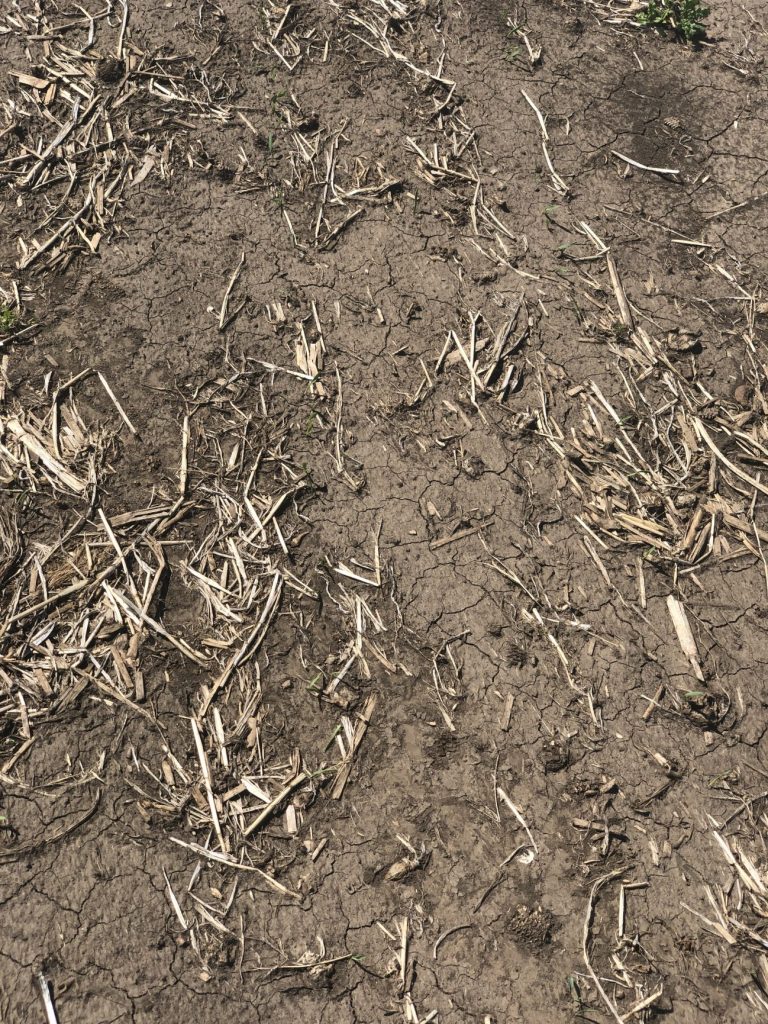
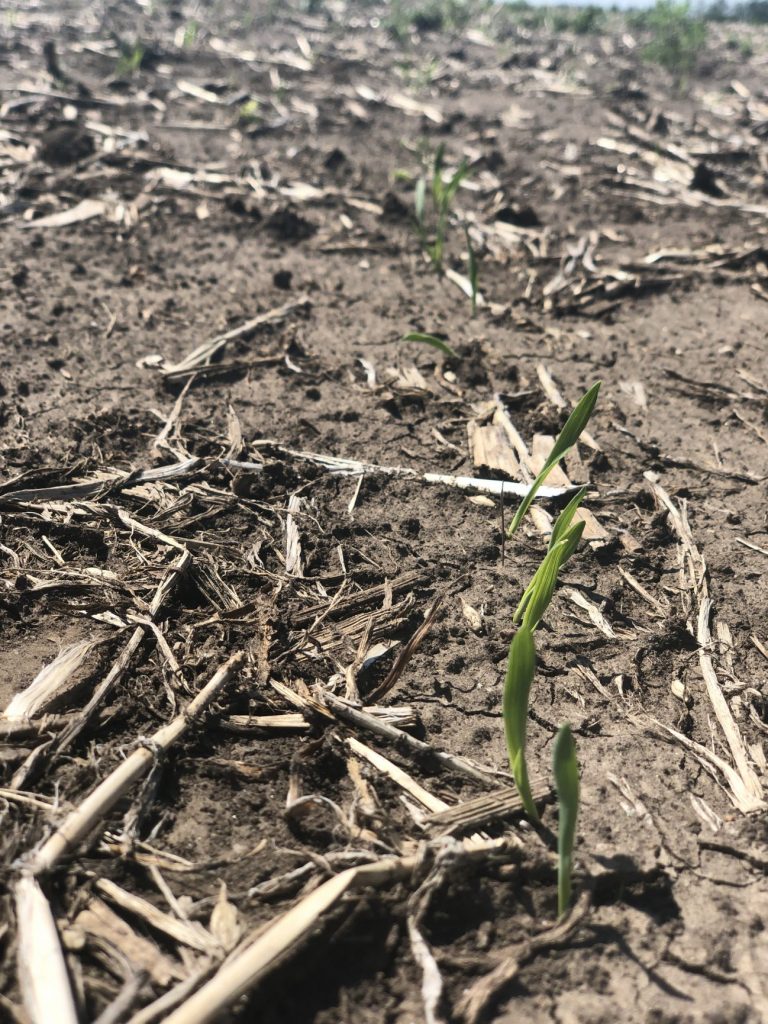
Management and patience are essential to developing a solid stand of your native seeding. Keep these tips in mind as you head through the first two years after your seeding and you’ll hopefully develop a successful stand.
As always, we are here to help you with any questions or recommendations. Check out our FAQ section for more conservation, native grass, wildflower seed, and management information or reach out at any time!
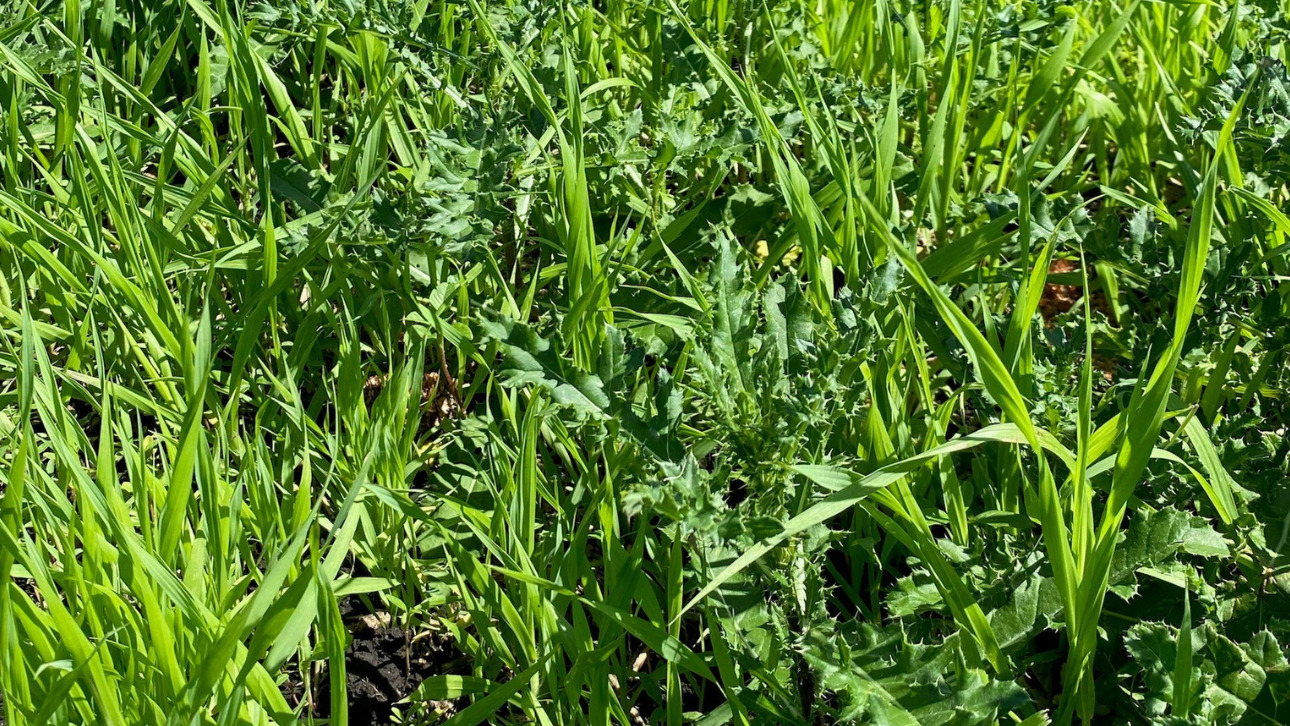
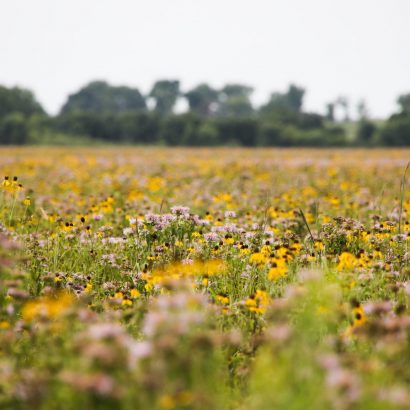
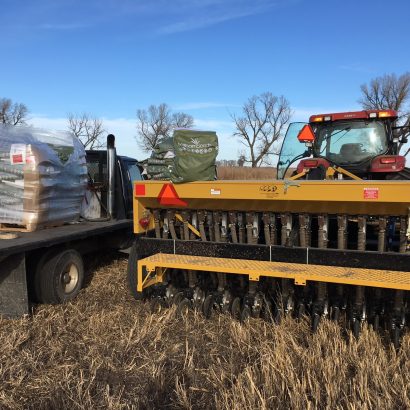
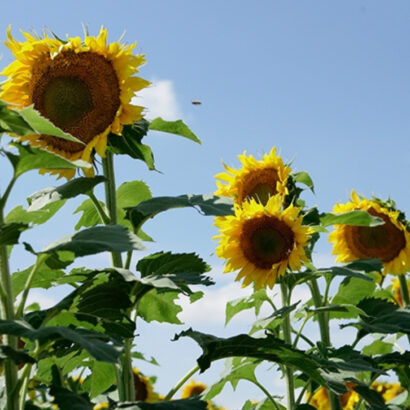
Discussion
0 Comments